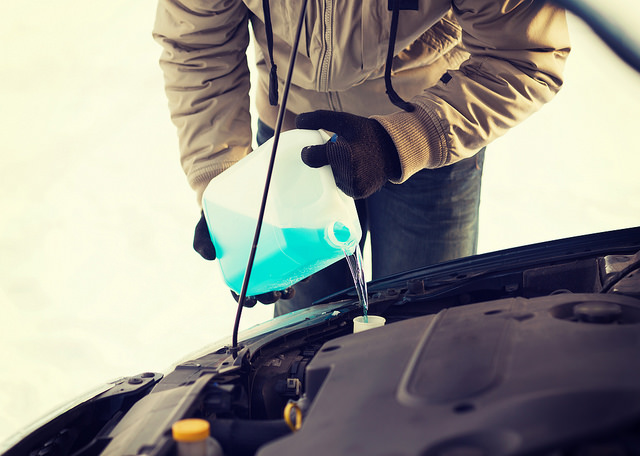Radiator fluid is critical for a properly functioning engine, so it’s a good idea to keep it topped off. However, since mixing coolant types can lead to big problems, this routine maintenance practice can become a little more complicated. Here’s what can happen if you mix antifreeze types — and some strategies for preventing coolant complications later on.
Shop Now: New Mazda models
If you mix traditional, lime-green Inorganic Additive Technology coolant with GM’s orange Organic Acid Technology fluid, your car’s components may be more vulnerable to corrosion. With this mixture, nothing is going to immediately burn, explode, clog up, or melt. According to the Society of Automotive Engineers, you can safely mix up to 15 percent of traditional coolant with OAT before your vehicle starts to feel the effects. However, it’s prudent to have the system flushed and refilled with the manufacturer recommended coolant at your next service visit.
Other sources, like the Kernersville Auto Center, claim that it’s quite dangerous to mix IAT and OAT fluid. When mixed together, IAT and OAT can form a sludgy gel that can clog up the cooling system and lead to overheating. In severe cases, this can lead to problems with the radiator, the water pump, water jackets, and heater cores. It could even lead to a blow head gasket.
Learn More: How to change a tire
If you’re not sure what kind of radiator fluid your car takes, check the manual. However, if mixing occurs, it’s much cheaper (and more convenient) to have the system power flushed instead of waiting for problems to arise. By the time you notice an issue, the damage may have already occurred.
Source: Kernersville Auto Center, Car Talk
The News Wheel is a digital auto magazine providing readers with a fresh perspective on the latest car news. We’re located in the heart of America (Dayton, Ohio) and our goal is to deliver an entertaining and informative perspective on what’s trending in the automotive world. See more articles from The News Wheel.




